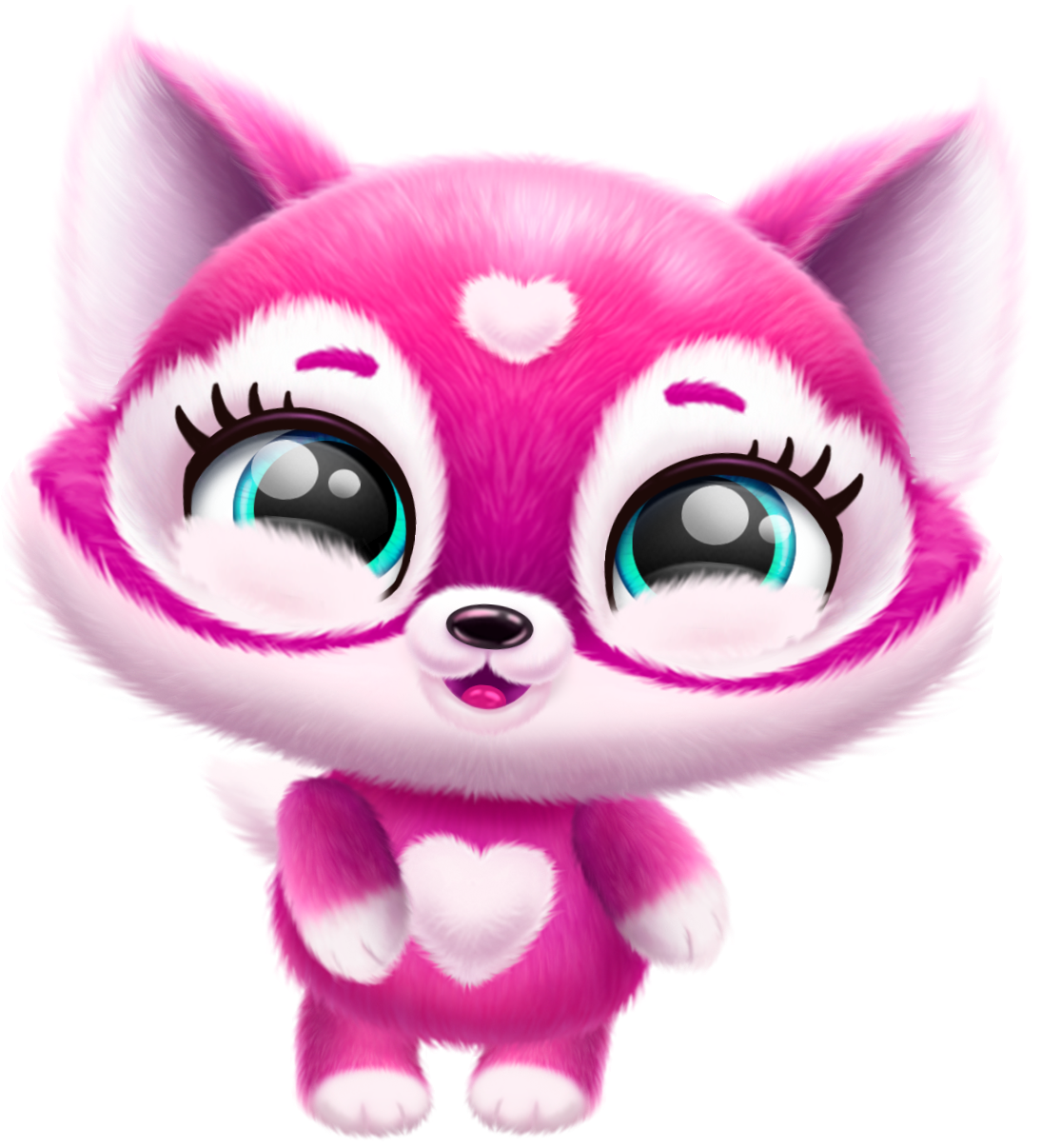Exploring The Many Faces Of 'Pinky': Beyond The Search For A Pornstar Wiki
Have you ever typed "pinky pornstar wiki" into a search bar, only to find yourself wondering about the diverse and sometimes surprising results that pop up? It's pretty interesting, actually, how a simple name like "Pinky" can point to so many different things across popular culture. You know, like, sometimes a search query can lead you down a completely different path than you expected, and that's exactly what happens when you start looking into the various public figures and cultural references that share this catchy name.
It's almost as if the name "Pinky" has a life of its own, appearing in classic films, beloved animated series, and even quirky viral videos. Each instance brings its own unique story and a bit of history along with it. This sort of name ambiguity is actually quite common, and it just shows how varied our media landscape really is.
So, instead of a specific "pinky pornstar wiki," what we often discover is a rich tapestry of characters and creations that have left their own mark. We're going to take a closer look at some of these well-known "Pinky" figures, drawing from information that highlights their distinct contributions and why they've become memorable. It's a bit of a journey through different forms of entertainment, really.
Table of Contents
- The Controversial Classic: The Film "Pinky"
- Personal Details: Pinky, the Character from the Film
- The Animated Duo: Pinky and the Brain
- Other Notable "Pinky" Appearances in Pop Culture
- Why Names Can Be Surprisingly Diverse
- Frequently Asked Questions About the Various "Pinkys"
- A Look at the Broader Picture
The Controversial Classic: The Film "Pinky"
One of the most prominent figures named "Pinky" comes from a rather significant piece of cinematic history: the 1949 film titled "Pinky." This movie, directed by Elia Kazan, with John Ford also having a hand in it, stirred up a lot of talk, very, very much so, because of its brave subject matter. It really tackled the complex issues of race relations in a way that was quite bold for its time, you know.
The story follows Pinky, a black woman played by Jeanne Crain, who works as a nurse up in Boston. She finds she is able to pass for white, which, as a matter of fact, was a really big deal back then. The film explores her return to the South to visit her illiterate black laundress grandmother, Dicey, who had actually raised her. This visit brings all her hidden fears to the surface, especially about her true heritage being discovered, and it puts her white fiancé, played by William Lundigan, in a rather difficult spot, too.
The casting of Jeanne Crain, a white actress, to play a black woman who passes for white, generated considerable controversy. This choice was a point of much discussion, and it really highlighted the societal norms and racial tensions of that era. The film itself, despite the casting debate, was a significant work that brought important conversations about identity and prejudice to the forefront. It's a pretty powerful film, actually, and still talked about today for its themes and its place in history.
Personal Details: Pinky, the Character from the Film
Here's a little bit about the character Pinky from the 1949 film, just to give you a clearer picture of who she was in that story. This information is based directly on the film's narrative, providing a sort of character bio-data, if you will, which is quite interesting.
| Detail | Description |
|---|---|
| Full Name (Character) | Patricia "Pinky" Johnson |
| Occupation | Nurse |
| Location (Initially) | Boston (where she passed for white) |
| Heritage | Black (though she passed for white) |
| Key Relationships | Grandmother Dicey (who raised her), White Fiancé (William Lundigan's character) |
| Key Conflict | Struggles with her identity and fear of her true heritage being discovered after passing for white. |
| Journey | Returns to the South to visit her grandmother, leading to a confrontation with her past and identity. |
Pinky confesses to Dicey that she passed for white while studying to be a nurse, which is a pretty pivotal moment in the story. This revelation sets the stage for much of the film's drama, and it really makes you think about the pressures and choices people faced back then, you know, in that specific time period.
The Animated Duo: Pinky and the Brain
Moving from the serious drama of classic cinema, we find another "Pinky" in a completely different, yet equally memorable, light: Pinky from "Pinky and the Brain." This American animated sitcom, created by Tom Ruegger, became a huge hit for the Kids' WB programming block of The WB. It was a collaboration of Steven Spielberg with his production company, and it was, honestly, quite brilliant.
The show, as you might remember, centered around two genetically altered laboratory mice. Brain was the genius, always scheming to take over the world, and Pinky was his well-meaning, but delightfully dim-witted, sidekick. Their antics and catchphrases became iconic, and the show had a clever wit that appealed to both kids and adults, which is a bit rare, really.
Pinky's signature phrase, "Narf!" or "Poit!" often punctuated Brain's elaborate plans, adding a layer of charming absurdity to their nightly attempts at global domination. The dynamic between the two was just fantastic, and it really cemented their place in cartoon history. It's a show that, you know, still brings a smile to many faces today, very much so.
Other Notable "Pinky" Appearances in Pop Culture
The name "Pinky" just seems to pop up everywhere, doesn't it? Beyond the film and the famous animated mice, there are several other instances where a character or entity named "Pinky" has captured public attention, even if just for a fleeting moment. It's quite interesting to see how diverse these appearances are, actually, showing the broad reach of this simple name.
The "Sprunki Pinki" Song
There's an animated music video called "Sprunki Pinki Song" by BenjixScarlett that has lyrics like, "Sprunki sprunki sprunki, get funky, funky, funky, pinky, pinky, pinky, don't leave me leave me, leave me, hands up and." It's a catchy tune, and, you know, it's the kind of thing that can get stuck in your head. This particular "Pinky" is part of a fun, energetic, and visually engaging musical experience, very much a product of its time in online content creation. It's just a little bit different from the other Pinkys we've talked about.
Pinky the Flying Pig
Then, we have Pinky, a flying pig in the British animated children's television series "Magic Adventures of Mumfie." This show, for younger audiences, features charming characters and gentle stories. Pinky the flying pig adds a touch of whimsy and magic to Mumfie's world, bringing a sense of wonder to children watching. It's a pretty sweet character, really, and quite endearing in its own right.
Pinky the Cat Viral Video
Back in the early 1990s, there was a viral video featuring a character known as Pinky the Cat. This was before "viral" was even a common term, but the video certainly spread widely. It just goes to show that even in the early days of the internet, simple, quirky content could capture people's imaginations. It's a bit of a historical curiosity, honestly, but a "Pinky" nonetheless.
Why Names Can Be Surprisingly Diverse
It's fascinating, isn't it, how a single word or name, like "Pinky," can mean so many different things to different people? When someone searches for "pinky pornstar wiki," they might, in a way, be looking for something very specific. But what they often find, as we've seen, is a collection of completely unrelated cultural references. This happens all the time with common names, and it's a good reminder that context is really, really important.
The internet, you know, is a vast place, and search engines do their best to match queries with relevant content. However, when a name is shared across multiple domains – from serious drama to children's cartoons – the results can be quite varied. It's almost like a linguistic lottery, where you pull one name and get a whole bunch of different outcomes. This diversity is actually one of the cool things about how information is organized and discovered online today, as a matter of fact.
So, while the initial search might be for a very particular "Pinky," the journey often leads to discovering these other, equally valid, and historically significant "Pinkys." It's a bit like opening a door and finding a whole different room than you expected. This phenomenon highlights how rich and layered our shared cultural lexicon truly is, and it's something worth thinking about, frankly, when you're looking for something specific.
Frequently Asked Questions About the Various "Pinkys"
People often have questions about these different "Pinkys" once they start discovering them. Here are a few common ones that come up, especially when people are trying to sort out which "Pinky" is which.
Is the film "Pinky" based on a true story?
The film "Pinky" from 1949 is not directly based on one specific true story, but it definitely drew inspiration from the very real and pervasive issues of race relations and "passing" in the United States during that era. It was, you know, a very important social commentary for its time, reflecting actual societal challenges and prejudices, which is quite significant.
Who created "Pinky and the Brain"?
"Pinky and the Brain" was created by Tom Ruegger, and it was produced in collaboration with Steven Spielberg's Amblin Television. Spielberg himself was a big part of bringing the show to life, which, you know, really speaks to its quality and enduring popularity. It's a classic for a reason, honestly.
What is the "Sprunki Pinki" song about?
The "Sprunki Pinki" song, as seen in the animated music video by BenjixScarlett, seems to be a fun, upbeat, and somewhat nonsensical tune designed for entertainment. Its lyrics, like "Sprunki sprunki sprunki, get funky, funky, funky, pinky, pinky, pinky, don't leave me leave me, leave me, hands up and," suggest a playful and energetic vibe rather than a deep narrative. It's pretty much just a catchy, animated song, you know, meant to be enjoyed for its rhythm and visuals.
A Look at the Broader Picture
It's clear that the name "Pinky" holds a special place in various forms of media, from the impactful drama of the 1949 film to the lighthearted antics of animated characters. This exploration shows how a single name can lead to such diverse and rich cultural references. It just goes to show, you know, how much variety there is out there, and how sometimes a search can be a real adventure of discovery.
Understanding these different "Pinkys" helps us appreciate the depth and breadth of popular culture. So, whether you're interested in the historical context of a classic film or the whimsical charm of a cartoon, there's a "Pinky" out there that might just catch your eye. You can learn more about various cultural references on our site, and perhaps even discover another interesting page like this one.
For more detailed information about the film "Pinky" and its historical context, you might want to check out its entry on IMDb. It's a good place to start if you're curious about the film's production and reception. It's pretty much a definitive source for movie details, you know, and really helpful.

Pinky! Pinky! | Jpop Wiki | Fandom

Pinky | Fluvsies Wiki | Fandom

Pinky - Hanna-Barbera Wiki